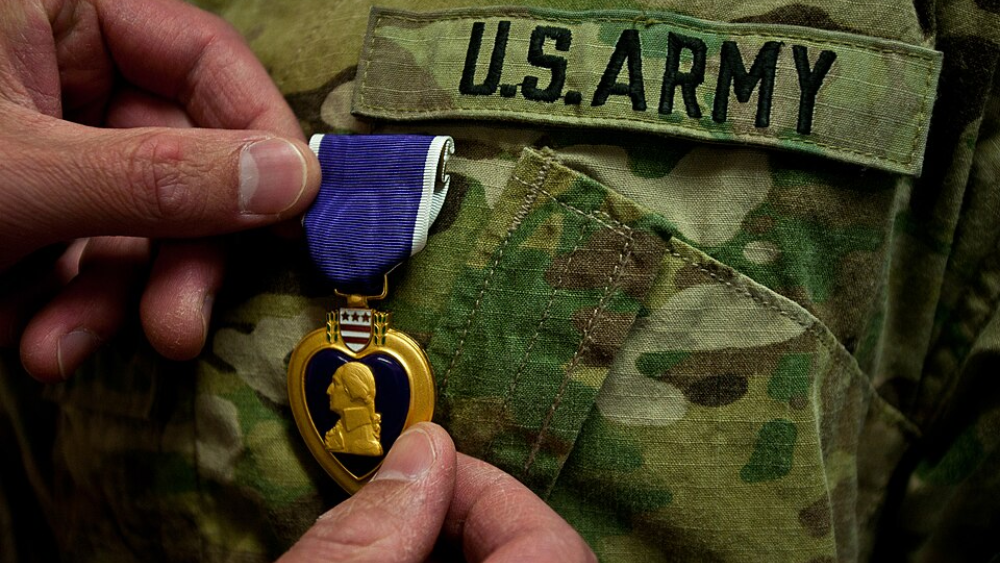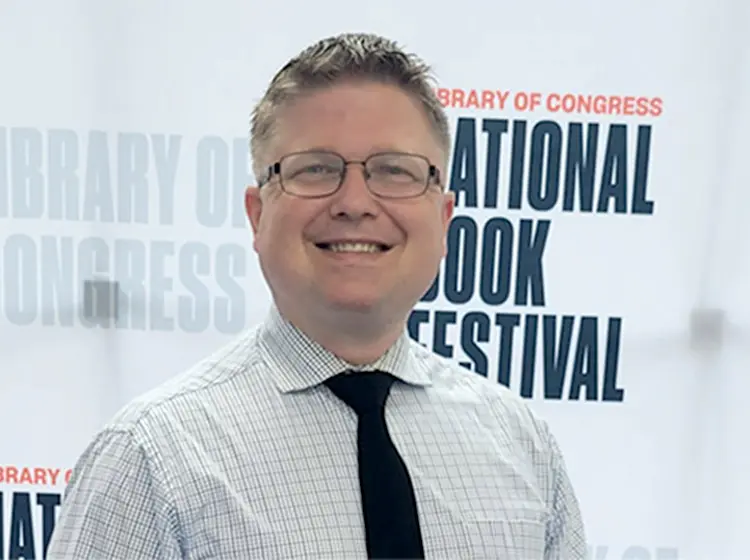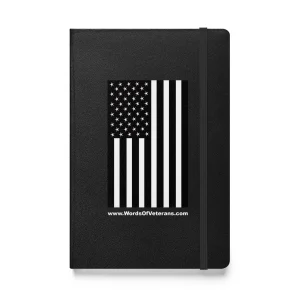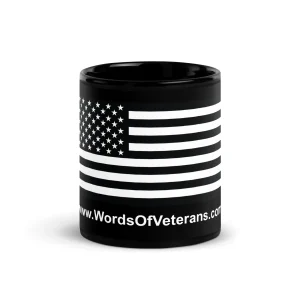Every year on August 7th, Americans come together to observe Purple Heart Day—a solemn yet proud occasion that honors the brave service members who were wounded or paid the ultimate price in combat while defending the nation. This day is not a celebration in the traditional sense, but rather a moment for national reflection, gratitude, and remembrance. In 2025, as global conflicts evolve and the importance of military sacrifice remains ever-relevant, Purple Heart Day continues to serve as a poignant reminder of the cost of freedom.
Whether you’re a veteran, an active-duty service member, a military family member, or a grateful civilian, this day is an opportunity to learn more about the Purple Heart medal, recognize the heroes who wear it, and ensure that their courage is never forgotten.
What Is the Purple Heart?
The Purple Heart is one of the most recognized and revered military decorations awarded by the United States. It is given to U.S. service members who have been wounded or killed in action against an enemy. Unlike many other military awards, which recognize specific achievements or acts of heroism, the Purple Heart is a solemn acknowledgment of sacrifice—proof that a soldier has paid a price in blood for the nation.
Furthermore, the medal itself features a purple, heart-shaped badge bearing a profile of George Washington, bordered in gold. Above the heart sits Washington’s coat of arms. This design is no accident; it connects the Purple Heart’s legacy to the very origins of the United States.
The Origins of the Purple Heart: A Revolutionary Beginning
The Purple Heart’s roots trace back to August 7, 1782, during the American Revolutionary War. General George Washington, then the Commander-in-Chief of the Continental Army, created the Badge of Military Merit to recognize soldiers who displayed “any singularly meritorious action.”
Though only three soldiers were known to have received the original badge, it was revolutionary at the time. Unlike other military awards, which were often reserved for officers or nobility in European armies, the Badge of Military Merit was meant for the common soldier—a profound gesture of equality and appreciation.
The award fell into disuse after the Revolution, but its legacy lived on. In 1932, on the 200th anniversary of Washington’s birth, the U.S. War Department revived the badge as the Purple Heart Medal, and its purpose shifted: it would now recognize those wounded or killed in action.
Who Receives the Purple Heart Medal?
The Purple Heart is awarded to members of all branches of the U.S. Armed Forces who have been injured or killed in combat. Injuries must be the direct result of enemy action or sustained in combat zones. It may be awarded posthumously to the next of kin if the service member died due to enemy-related injuries.
Some key eligibility scenarios include:
- Being wounded by enemy gunfire, explosive devices, or shrapnel
- Injury from friendly fire in a combat situation
- Death as a result of enemy action
- Being a prisoner of war (POW) and suffering injury or death
Importantly, the Purple Heart is not applied for—it is awarded based on the official documentation of a combat-related injury or death. Its bestowal is often a bittersweet moment, reflecting honor amidst pain and sacrifice.
Purple Heart Day: More Than Just a Date
The military awards the medal throughout the year as needed, but the nation reserves August 7th as a day of observance. Purple Heart Day ensures we remember the stories and sacrifices behind the medals.
On this day, communities, veterans’ organizations, and military bases fly flags at half-staff, host ceremonies, parades, and moments of silence. People wear purple ribbons, and landmarks across the country light up in purple to honor and remember.
However, despite its significance, Purple Heart Day is not a federal holiday—meaning schools and businesses typically remain open. This makes personal participation all the more meaningful. It relies on the individual to take a moment to honor those who have sacrificed for the nation’s freedoms.
The Stories Behind the Medal
What makes the Purple Heart so powerful is the stories of resilience, sacrifice, and patriotism behind each medal. These are not abstract decorations—they belong to real individuals who have served with courage.
Sgt. First Class Alwyn C. Cashe
One of the most inspiring examples in recent memory is that of Sgt. First Class Alwyn Cashe, who received the Purple Heart (and later, posthumously, the Medal of Honor) for rescuing fellow soldiers from a burning vehicle in Iraq in 2005, despite suffering fatal burns. Cashe repeatedly went back into the fire to save his men, ultimately sacrificing his own life.
Marine Cpl. Kyle Carpenter
In Afghanistan in 2010, Marine Cpl. Kyle Carpenter threw himself on a grenade to shield a fellow Marine, suffering devastating injuries. He earned the Purple Heart and became one of the youngest living recipients of the Medal of Honor. Today, he shares his journey to help inspire other veterans and raise awareness for wounded warriors.
Moreover, these are just two examples among thousands. Each Purple Heart medal represents a human being who gave everything to uphold the values the nation holds dear.
Honoring the Fallen: Purple Heart Recipients Who Never Came Home
While many Purple Heart recipients recover and continue their service or transition to civilian life, others never return home. Purple Heart Day is also a time to honor these individuals and remember that freedom is not free.
From World War I and World War II to the Korean and Vietnam Wars, and into modern-day conflicts in the Middle East and elsewhere, countless Americans have lost their lives. For their families, the Purple Heart is a symbol of immense pride—but also a constant reminder of profound loss.
Organizations such as the Military Order of the Purple Heart work to keep their memories alive and provide support to surviving family members. Pass down these stories—don’t let them be forgotten.
The Military Order of the Purple Heart (MOPH)
The Military Order of the Purple Heart is a congressionally chartered veterans’ organization composed exclusively of Purple Heart recipients. MOPH, founded in 1932—the same year the medal was revived—actively supports combat-wounded veterans and their families.
The organization provides a variety of services, including:
- VA claims assistance
- Scholarships for Purple Heart recipients and their families
- Community service and advocacy
- PTSD support and resources
Their motto, “All Gave Some, Some Gave All”, captures the spirit of the Purple Heart in six simple words.
How You Can Participate
Whether or not you have a personal connection to the military, there are many meaningful ways to participate in Purple Heart Day 2025:
1. Attend a Local Event or Ceremony
Check with your local veterans’ organizations or municipal government for any planned observances. These often include flag ceremonies, guest speakers, and veteran recognition events.
2. Fly the American Flag
Display the flag at your home or business. If possible, fly it at half-staff to honor fallen heroes.
3. Wear Purple
Something as simple as wearing a purple ribbon or shirt can show your support. It also invites conversations about what Purple Heart Day means.
4. Share Stories on Social Media
Use hashtags like #PurpleHeartDay, #HonorTheBrave, or #WoundedWarriors to spread awareness. Share stories of recipients or post a message of gratitude.
5. Support Veteran Organizations
Donate to or volunteer with groups like the Wounded Warrior Project, Military Order of the Purple Heart, or Homes for Our Troops.
6. Educate the Next Generation
If you’re a parent, teacher, or youth leader, consider incorporating a lesson about the Purple Heart into your activities on August 7. Teaching children the meaning of service and sacrifice fosters a culture of respect and patriotism.
Final Thoughts: A Nation’s Debt of Gratitude
As the United States faces new challenges at home and abroad, Purple Heart Day 2025 offers a timeless reminder of what it means to serve—and suffer—for one’s country. These people who received the Purple Heart did not seek glory or recognition. Their stories reflect pain, showcase resilience, and embody unwavering duty.
To honor them is not only an act of gratitude but a moral responsibility. These individuals and their families carry the cost of our liberty on their shoulders. On August 7, and every day, may we remember them—not as symbols, but as real heroes whose lives have shaped the nation’s history.











My husband Robert V Baker Sr is a Purple Heart Recipient and has 3 Purple Hearts was shot Jan 28, 1967 almost died laid 9 hrs men died on him and were wounded ! He is a Marine 79 now and still going strong thank God and God Bless him and Father Vincent Capodonnao was the Chaplin Priest then went in surgery with him @ I swear this is why he is alive today! Amen
Semper Fi